How we can help
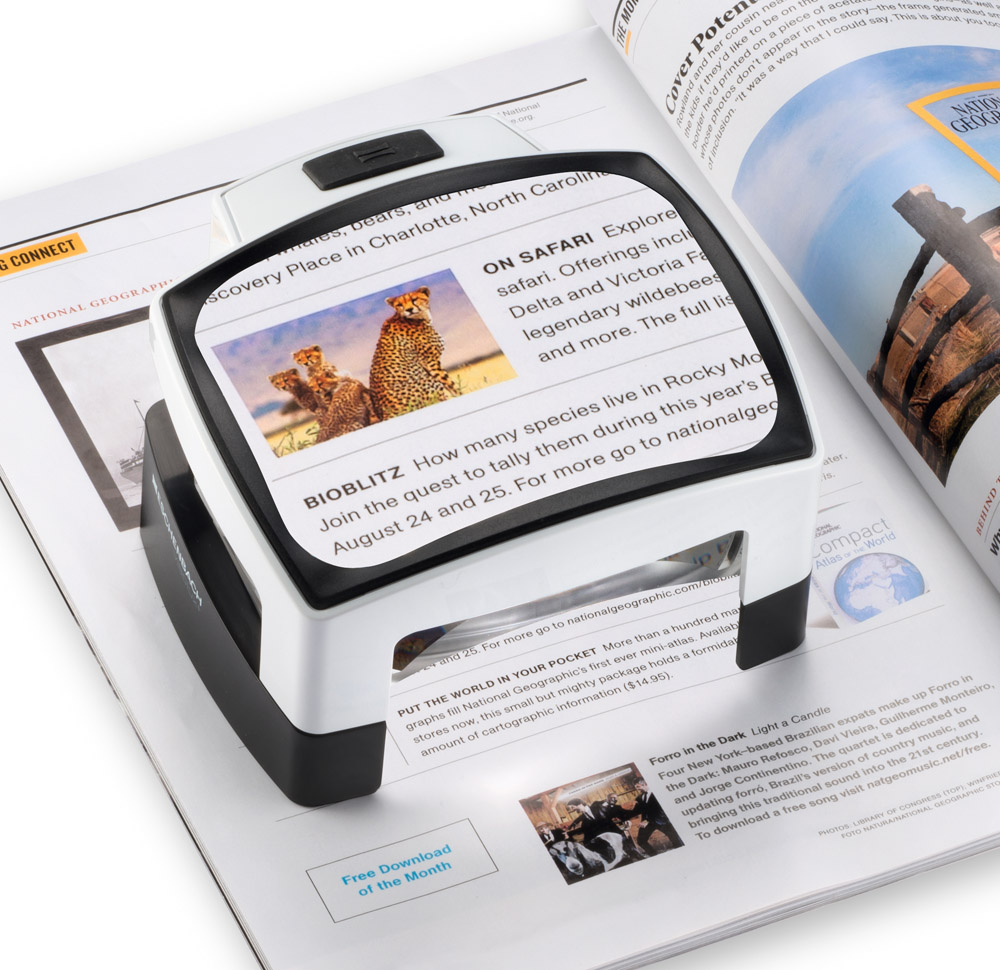
Difficulty reading fine newsprint, magazines, books or mail.
Due to a range of possible eye conditions, you may struggle to read what you want, despite wearing your best glasses. It is the role of the Low Vision Rehabilitation Orthoptist to measure your remaining vision and match the appropriately powered magnifier specifically to your needs.
Contrast of the object or print, lighting requirements, physical capabilities and the precise task you wish to do, are just some factors also taken into account.
Here is one example from a possible range of low vision aids. It is important to note that the stronger an optical magnifier gets, the narrower the filed of view, so depending on your level of vision loss, not every magnifier pictured on this site will actually suit your needs. When it is difficult to see enough of a word through an optical magnifier, electronic magnifiers are explored.
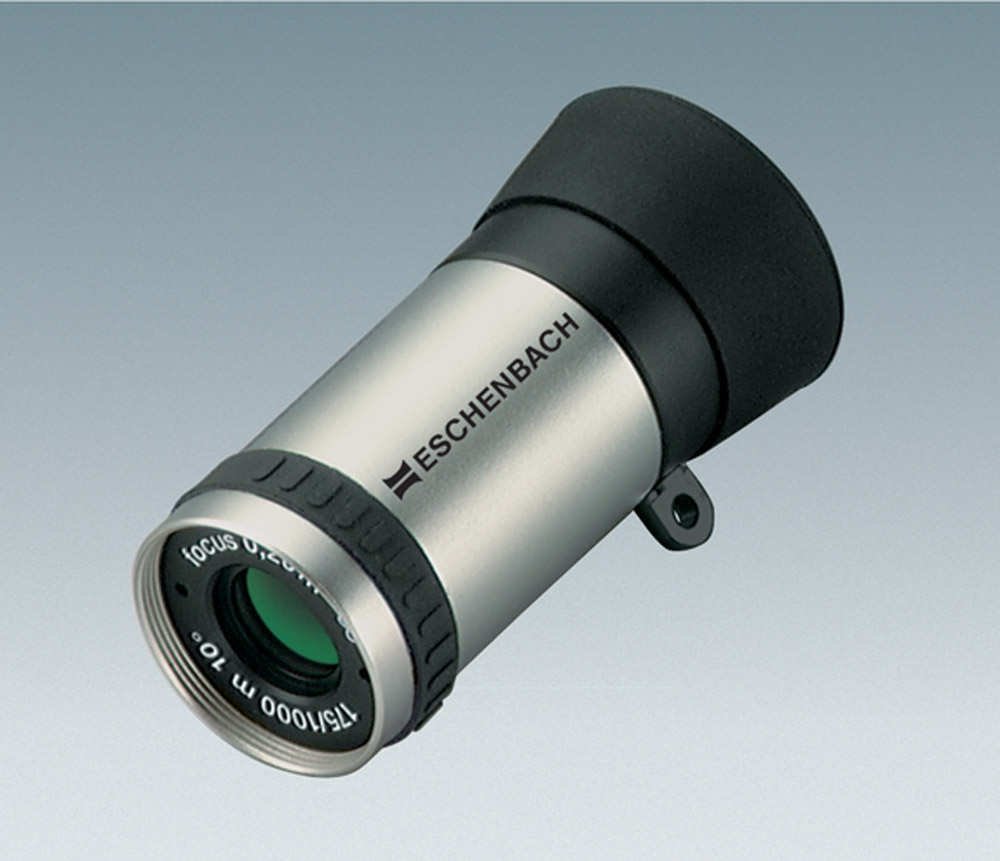
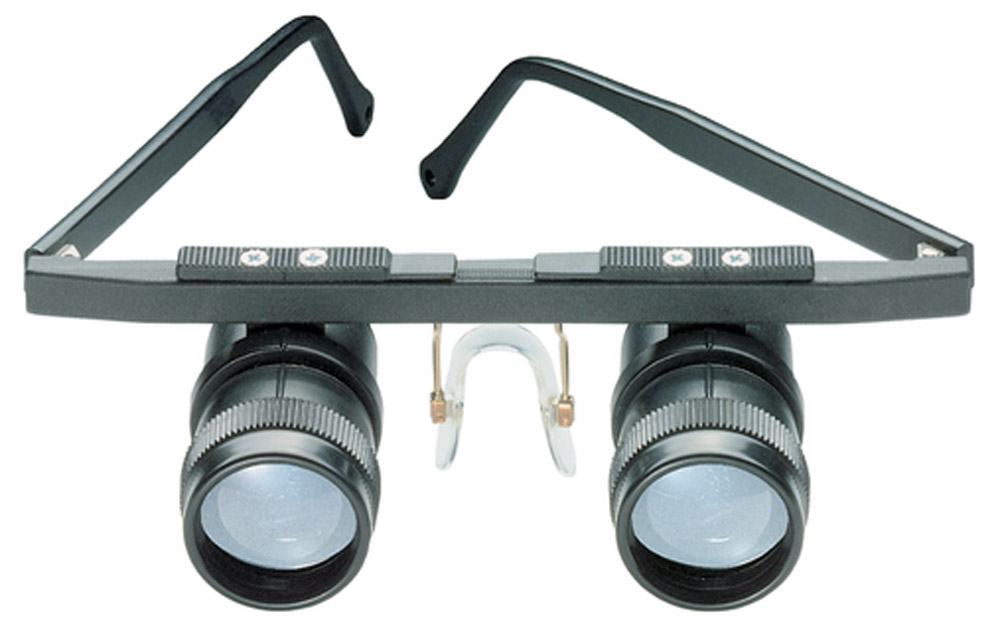
Trouble reading street signs as you cross the road.
Distance visual acuity (a fraction representing the sharpness of distant objects) can be affected by a range of eye conditions. There are standards for ‘straight-ahead’ and ‘side’ vision when it comes to driving. If your vision loss prevents you from being able to safely drive, you may still require assistance seeing for tasks such as road-crossing, shopping, controlling glare problems and seeing for general mobility.
Some aids which may help include carefully prescribed monoculars, binocular telescopic aids or lower powered binocular glasses. What suits one person will not suit another, depending on whether you normally require a distance vision prescription, hence, your requirements will be discussed during your low vision assessment.
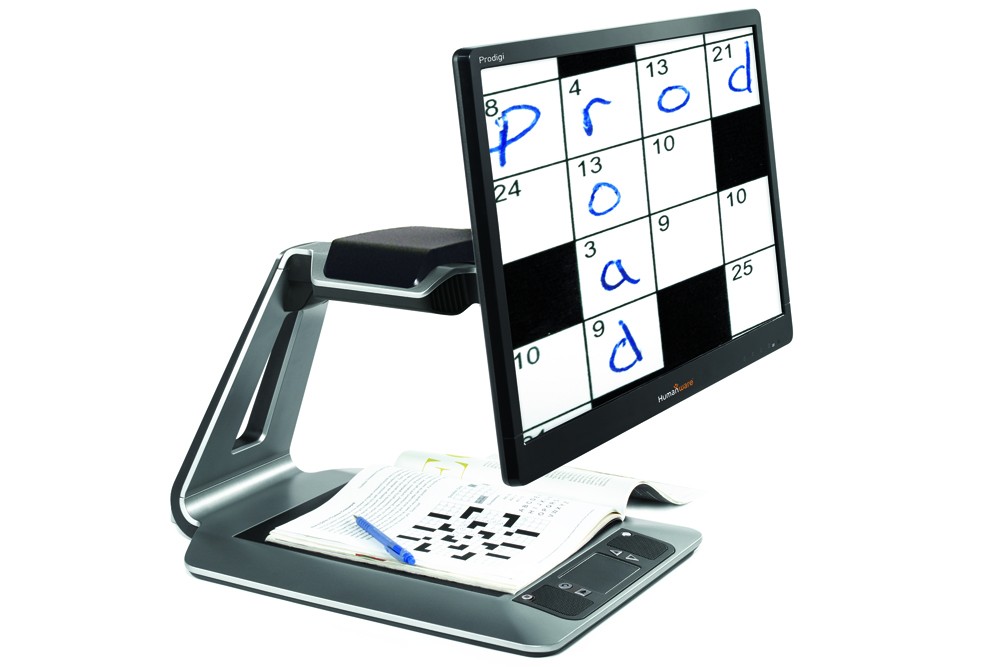
Trouble looking up a phone number.
Whilst many of us no longer use the paper-based telephone directory, looking up a phone number can still be a challenging task when you have low vision.
Whether you require extra task lighting, software to enhance computer font, programs with voice or an electronic magnifier (CCTV), our Orthoptist will also take into account your general capacity to use the aid recommended, prior to helping you decide the best option.

Difficulty seeing the television at home or whiteboard at school.
The principles of magnification do not always involve using an aid. You may have patches of your vision missing, so strategies to utilise the remaining sight will be explored. If you do require adaptive equipment, this may range from distance magnification glasses mention previously through to CCTVs with distance cameras, such as that pictured below.
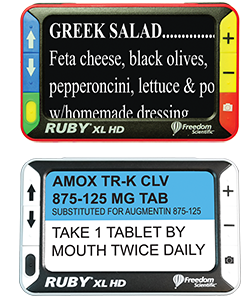
Inability to read prices at the shops or medicine labels.
Your typical supermarket layout can be difficult to navigate at the best of times, let alone with a vision impairment. As an alternative to asking others for help, you may prefer to explore whether an aid will maximise your independence, e.g. utilising a near and distance portable CCTV. Our Orthoptist can usually meet you at your preferred location in the Geelong, Colac, Surf Coast or Inner Melbourne regions and allow you to try the aid in the environment it will be required for.

All things appear patchy.
Eye conditions such as Diabetic Retinopathy, Macular Degeneration, Retinal Vein Occlusion, Stargardt’s Disease, Field Loss following Stroke and many other conditions may cause you to see words or objects incompletely.
Using the knowledge about your field loss, or by re-mapping your fields where appropriate, our Orthoptist can develop strategies for you to make the most of your remaining vision. These strategies may include ‘Scanning’, ‘Eccentric Viewing Training’, using ‘Line Guides’, ‘Margins’ or ‘Masking’ out visual clutter, to name a few.
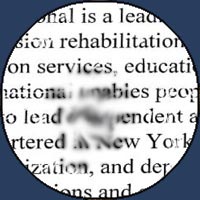
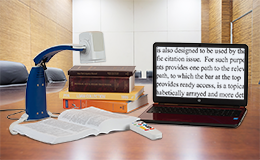
Portable Onyx CCTV for near and/or distance viewing. (From Pacific Vision)
Letters in the centre of a word are missing or distorted.
You may have seen that our Case Study section introduces ‘Mrs E’: Case 2)
Specific low vision rehabilitation in the form of ‘Eccentric Viewing Training’ can
allow a person to use their remaining peripheral vision to their best capacity to see clocks, faces, the television, words and obstacles in the street more completely.
Training involves meeting up with an Orthoptist for central field mapping and working through some specifically tailored reading based exercises over several sessions. An Orthoptist can train you to look in the best direction, taking into account the location and severity of your field loss.

Half of the words on a page or half of the image on the television is missing.
A stroke involves interruption to the brain’s blood supply, making it deprived of oxygen and nutrients. Brain cells may very rapidly ‘die off’ and loss of side (peripheral) field of vision in various forms can be one manifestation.
A commonly encountered example is ‘hemianopia’ (meaning half field loss). Interruption to the blood supply on the left side of the brain can cause loss of the visual field on the right side in each eye. Other forms of loss may include quarter of the field missing, central loss and other variations as shown here.
Orthoptists can determine the extent of the field loss and implement strategies such as ‘Scanning’ for reading. Clients are taught to become more aware of their remaining field as well as use aids such as ‘Line Guides’, ‘Maskers’ and high contrast, to alert them to the beginning and end of sentences.
This is another form of Low Vision Rehabilitation, quite different from Eccentric Viewing Training, due to the nature of the field loss encountered.
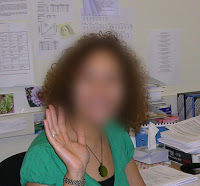
Trouble seeing people’s faces within a room.
As mentioned with ‘Mrs E’, central vision loss can be quite debilitating.
There are many eye conditions causing anything from subtle loss of contrast sensitivity, distortion of straight lines, through to permanent central vision loss.
We use our central vision for seeing faces and fine detail.
Low Vision Rehabilitation can enhance your remaining vision by helping your choose between use of extra lighting, contrast, magnification or specifically tailored side-viewing training.
Our Orthoptist will discuss this with you at your consultation.
